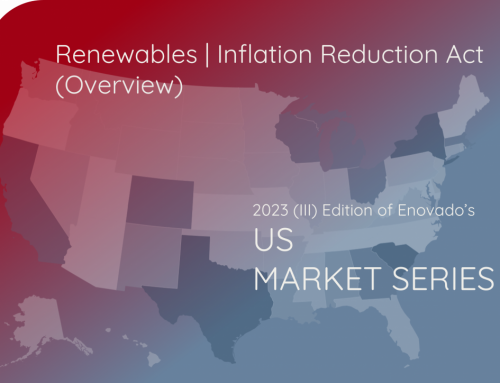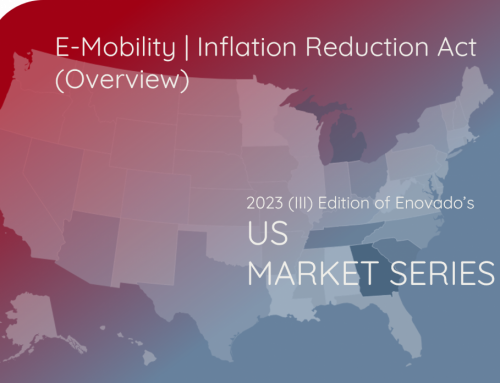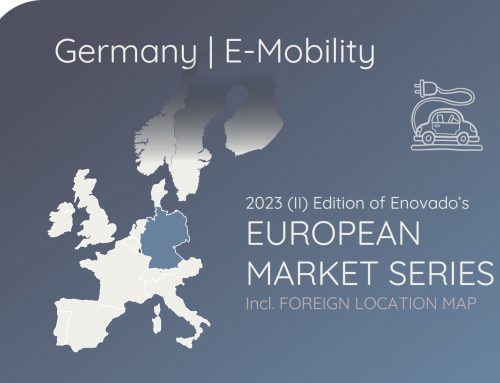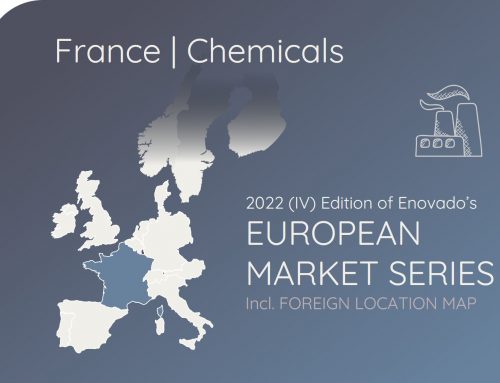Recent official and accidental publications on the state of negotiations of the Transatlantic Trade and Investment Partnership (TTIP) have raised the already heated public debate about the opportunities and threats of the item under negotiation to a new level of excitement. While unwilling to add yet another set of opinions to the notorious debate about presumably conflicting interests of and impacts on business (companies) on the one hand and people (consumers, workers) on the other, we at Geovadis do owe you an attempt to take a brief a look at (1) some of the assumed main impacts of TTIP on transatlantic business and (2) how they spell out in terms of foreign direct investments.
1. According to the above linked “Sustainability Impact Assessment” of Dutch consultancy Ecorys for the European Commission, TTIP will increase both total exports and total imports for the EU (+8 / +7 percent) as well as the US (+11/ +5 percent)*. The main portion of this growth is obviously expected to come from bilateral trade going through the roof with a 27 percent increase of EU exports to the US and a 36 percent increase in US exports to the EU.
Across sectors, the report holds that US exporters would benefit more from tariff standardization than EU exporters simply because average tariff barriers to date are higher for US exports to the EU than for EU exports to the US. Vivid examples of this cross sector average asymmetry include certain agricultural and food subsectors like dairy products (with average import tariffs of 52% in the EU versus 20% in the US) and processed foods (with average import tariffs of 19% in the EU versus 4% in the US), but also motor vehicles and automotive chassis (with 10% import tariffs in the EU vs. 2 % in the US).
However the larger overall beneficial impact for both US and EU exporters is supposed to come from the removal of so called Non-Tariff-Barriers (NTM), regulatory obstacles for offering goods and services on each other’s markets. These barriers obviously vary from sector to sector and include technical barriers (such as labeling issues), non-technical barriers (like licenses and import quota), and safety and sanitary regulations.
Interestingly, the prospects for a given sector are often predicted opposed effects in the EU and in the US. Thus, the EU automotive sector is to benefit from the removal of tariff and non-tariff barriers at cost of the US sector, whereas the prediction is the other way around e.g. for certain agricultural and food products. This seems to match nicely with the opposed priorities of the negotiating parties, with the US being especially eager to lower market access barriers (tariff and non-tariff) for agricultural and processed food products while the EU want easier US market access for motor vehicles and their parts and components.
2. In public debate, the “I” in TTIP is usually associated with the investor protection measures under negotiation. While the public attention paid to these measures stems from concerns about the right balance between protecting investor rights and protecting the public interest of the respective host countries, even the most minimal consensus on foreign investment protection will obviously improve current status.
Less obvious and subject to a lively scientific debate is the intrinsic relationship between trade and FDI, that is the question of whether facilitating trade between two markets facilitates or rather inhibits investments.
Interestingly, the economic models from studies that the Ecorys report focuses on do not take into account / predict the impact of TTIP on bilateral FDI. While studies on the general interdependence of trade and FDI are plenty, they are often not tailored to US-EU relations and anyway far from consensual in their conclusions.
Thus, some studies see “tariff-jumping” as a main motive for FDI and conclude that whatever reduces tariff barriers to trade should render foreign investments less necessary or attractive. This however seems to at least presuppose that the supply of a newly opened foreign manufacturing site can either be covered in the host market or imported at significantly lower tariff rates. Thus, tariff-jumping seems unlikely to have been the main motivation e.g. for European automotive manufacturers that opened US assembly plants despite the fact that their chassis, bodies and engines face at least as high tariffs as whole cars.
However, there are also influential arguments according to which the reduction of tariffs, non-tariff trade barriers and the introduction of common regulatory standards can have as encouraging an effect on FDI as on trade. This “complementary” view on FDI and trade is reflected in predictions that economies with strong existing mutual FDI relationships with the US are supposed to see the steepest increase in US exports after TTIP. Part of a plausible explanation for this could be that a significant portion of transatlantic trade is already made up of so-called intra-firm exports, e.g. supply of subsidiaries or parent companies with products, pre-products, components and investment goods. As a consequence, removing barriers on such intra-firm trade might actually encourage the expansion of existing and the founding of new foreign subsidiaries.
So even with all the politically controversial issues pending or at risk not to make it into a final TTIP agreement, it seems plausible that reduction of trade barriers could make it more attractive for some investors to found a sales office or final assembly to serve their customers across the Atlantic, or even an R&D or manufacturing site to export back to their home or third countries.
However, while TTIP will most likely facilitate more transatlantic business and market access, decisions whether to export to or invest on the other side of the Atlantic will probably not get easier. They will just depend on increasingly individual conditions and criteria.





